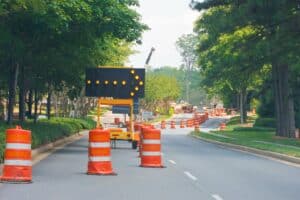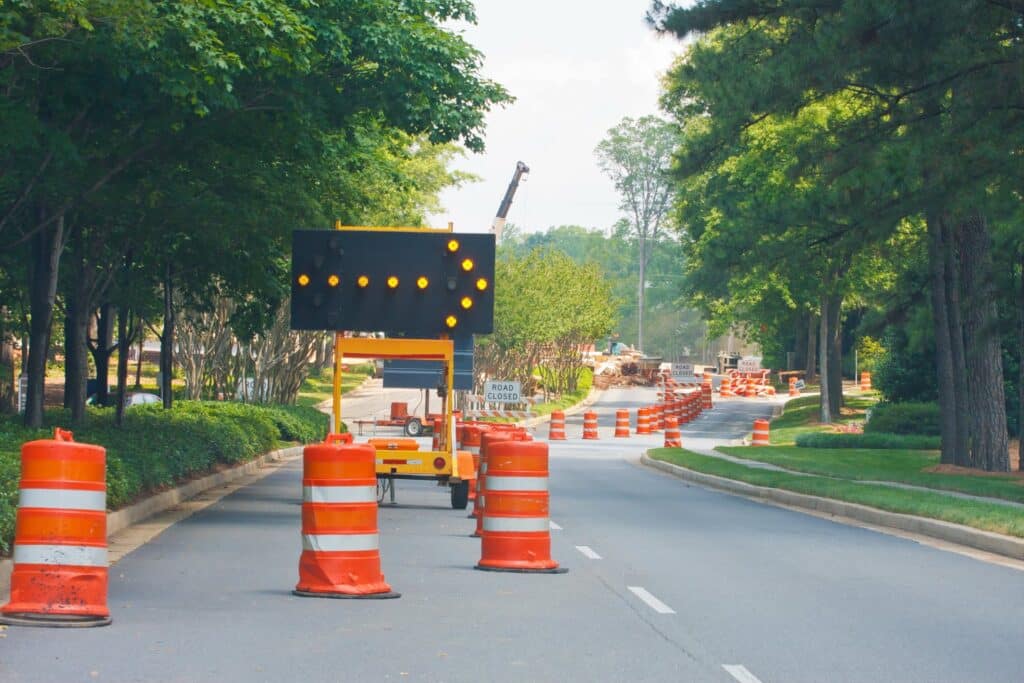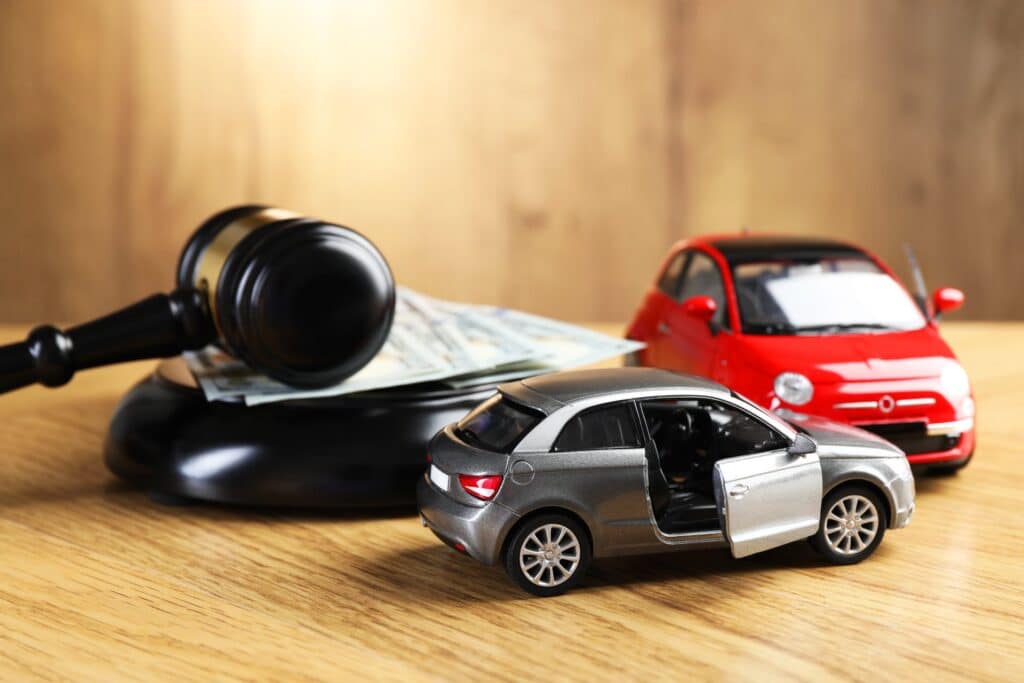If you have been involved in a partial fault car accident in Washington, you may be wondering whether or not you can still file a claim. The good news for Washington residents is that Washington uses comparative fault laws in auto accidents, which gives you the right to receive compensation. However, navigating shared fault accident cases can come with some challenges, especially when it comes to proving who is the most at fault.
At NBF Accident Law, our auto accident attorneys in Washington are dedicated to providing our Washington clients with the legal guidance and support they need. Our attorneys will work tirelessly on your behalf to protect your rights, help you prove fault, and negotiate to get a fair settlement.
Understanding Comparative Fault in Washington
Even if you are somewhat at fault for a car accident in Washington, the good news is that you can still receive fault-based compensation in WA. This is because Washington is a comparative fault state, which simply means that you can still receive compensation even if you are at fault in the accident. This applies as long as you are not found to be entirely at fault for the accident.
An example of how shared liability works in Seattle car crash cases is if you were 20% at fault for the accident, making the other driver 80% at fault. This would entitle you to a larger portion of compensation, with it being reduced by 20%.
It’s also worth mentioning that Washington is a pure comparative negligence state, which means that this way of dividing compensation is completely rigid. So, even if you were deemed to be 99% at fault, you could still file a claim to receive compensation. Just keep in mind that the higher your percentage of fault, the less your settlement will be.
Here are some examples of auto accidents that may result in shared fault:
- Failing to signal
- Distracted driving
- Parking lot accidents
- Speeding accidents
Proving Your Case Despite Shared Fault
Now that you know how partial fault car accidents work in Washington, how do you make sure you get as much compensation as possible? Because shared fault accidents can be more complicated, it is essential that you take every step necessary to prove your percentage of fault. If you aren’t diligent about doing this, it is very likely that the fault will be shifted to you unfairly, resulting in you getting a smaller settlement.
Here are some things you should do to build a strong car accident case:
- Hire an attorney: The number one thing you need to do before proceeding with your case is to hire an auto accident attorney in Washington. An attorney will be up-to-date with partial fault laws and can help you file a strong claim with substantial evidence. They will also be responsible for handling negotiations with insurance providers so that you don’t accidentally admit fault or accept a low settlement offer.
- Witness statements: In most car accident cases, there are witnesses who can give statements regarding how the accident occurred. Depending on the nature of the accident, this can be crucial for proving who holds the highest percentage of fault when you and the other driver were both partially to blame.
- Evidence: You will need to gather as much evidence as possible to support your side of the story. This includes photos of damages, video footage, expert testimony, and the police report. Don’t forget to include evidence to support the settlement you are after, such as the extent of your damages and your medical expenses.
Common Issues With Shared Fault Accident Cases
When both drivers are found to be partially at fault in a car accident, this can create some unique challenges if you are seeking compensation. The main challenge is working with the insurance companies to ensure that you get a fair settlement that is in line with your percentage of fault.
In shared fault cases, an insurance adjuster will be assigned to investigate your claim and determine who was most at fault. You need to work with this adjuster but avoid admitting fault and leave the majority of communication to your auto accident attorney.
Shared fault accidents also create more issues when it comes to proving fault through evidence. You’ll need to provide as much evidence as you can find to substantiate who holds the highest percentage of fault; otherwise, the insurance adjuster may put the most blame on you.
Some of the most important pieces of evidence you will need to get your hands on include the police report, witness statements, and any video footage of the accident. Your attorney can help you locate this evidence and provide it when you file your claim.
FAQ:
Can I still get compensation if I was 30% at fault?
Yes, you can file a Washington car accident claim no matter your percentage of fault, as long as it is below 100%. Just keep in mind that this will subtract 30% from any compensation you receive.
What if both drivers are equally at fault?
Accidents where both parties are equally at fault are rare but they do occasionally happen. In cases of 50/50 fault, each party will usually owe the other 50% of their damages.
Will being partially at fault increase my insurance rates?
After a shared fault accident, you may see an increase in your insurance rate depending on the type of insurance and your insurer. This will usually be more noticeable than if you were not at fault in the accident.
Contact an Auto Accident Lawyer at NBF Accident Law
Navigating partial fault car accidents in Washington can come with many challenges if you want to get a fair settlement. You will need to collect enough evidence to prove who was the most at fault, and you need to hire a Seattle auto accident lawyer to ensure your rights are upheld.
At NBF Accident Law, our auto accident lawyers will fight purposefully on behalf of our clients, helping you with every step of your claim. We will assist you in collecting evidence, filing your claim, and negotiating with insurance carriers.
Contact us today at 206-923-8888 to schedule a consultation with one of our attorneys.







